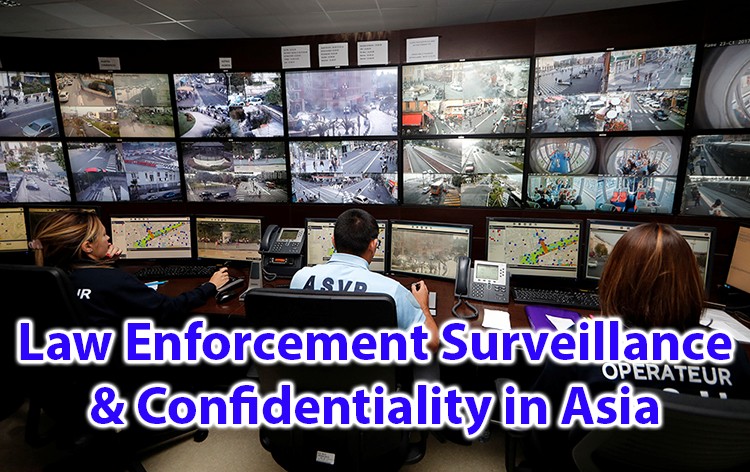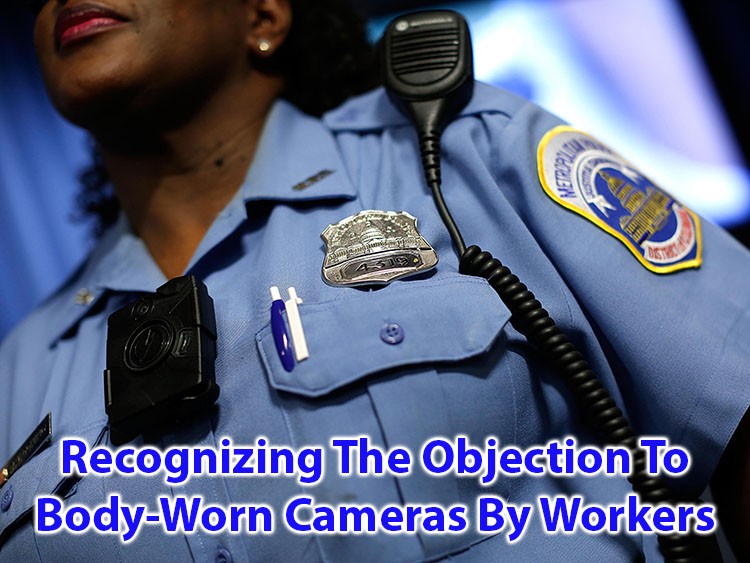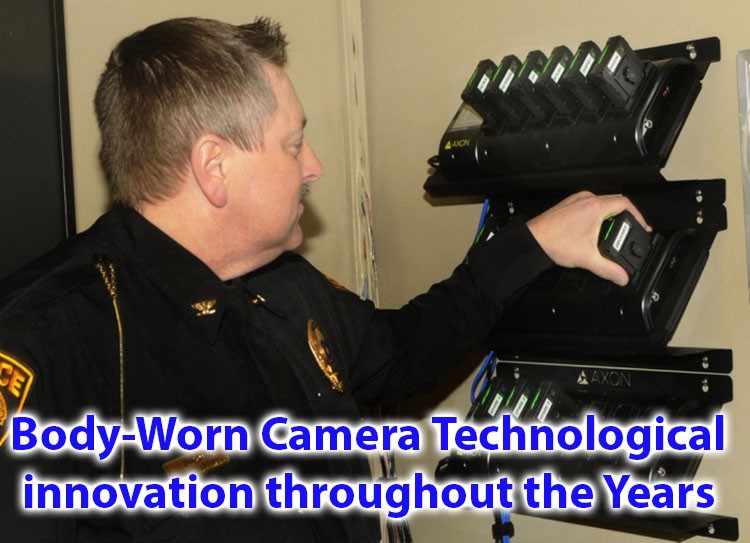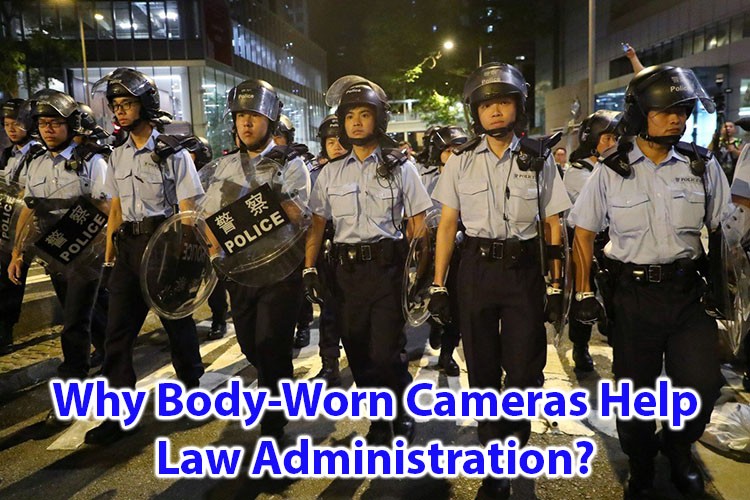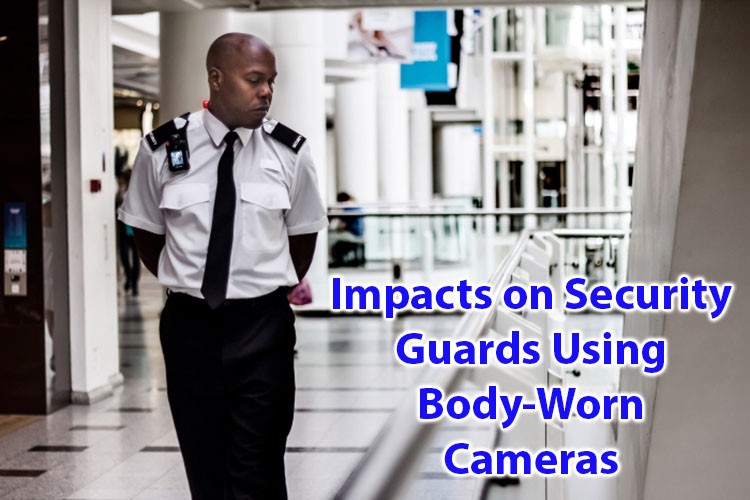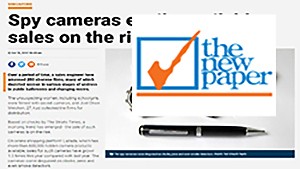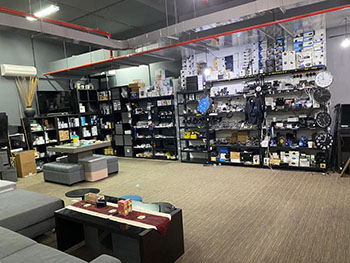Body Worn Camera – Standard operating procedures (SOPs)
Standard operating procedures (SOPs) are detailed instructions that outline the steps to be followed in specific situations or for specific tasks. In the context of body worn cameras (BWCs), an SOP might outline the procedures that law enforcement officials should follow when using BWCs, including when and how to activate and deactivate the cameras, how to store and handle footage, and how to report issues or problems with the cameras.
An SOP for BWCs might also include guidelines on privacy and confidentiality, such as rules for recording private conversations or sensitive information, and procedures for redacting or deleting footage that is no longer needed.
An SOP for BWCs can be an important tool for ensuring that law enforcement officials use the cameras consistently and in accordance with the law and with departmental policies. It can also help to promote transparency and accountability by providing clear guidelines for the use of BWCs.
